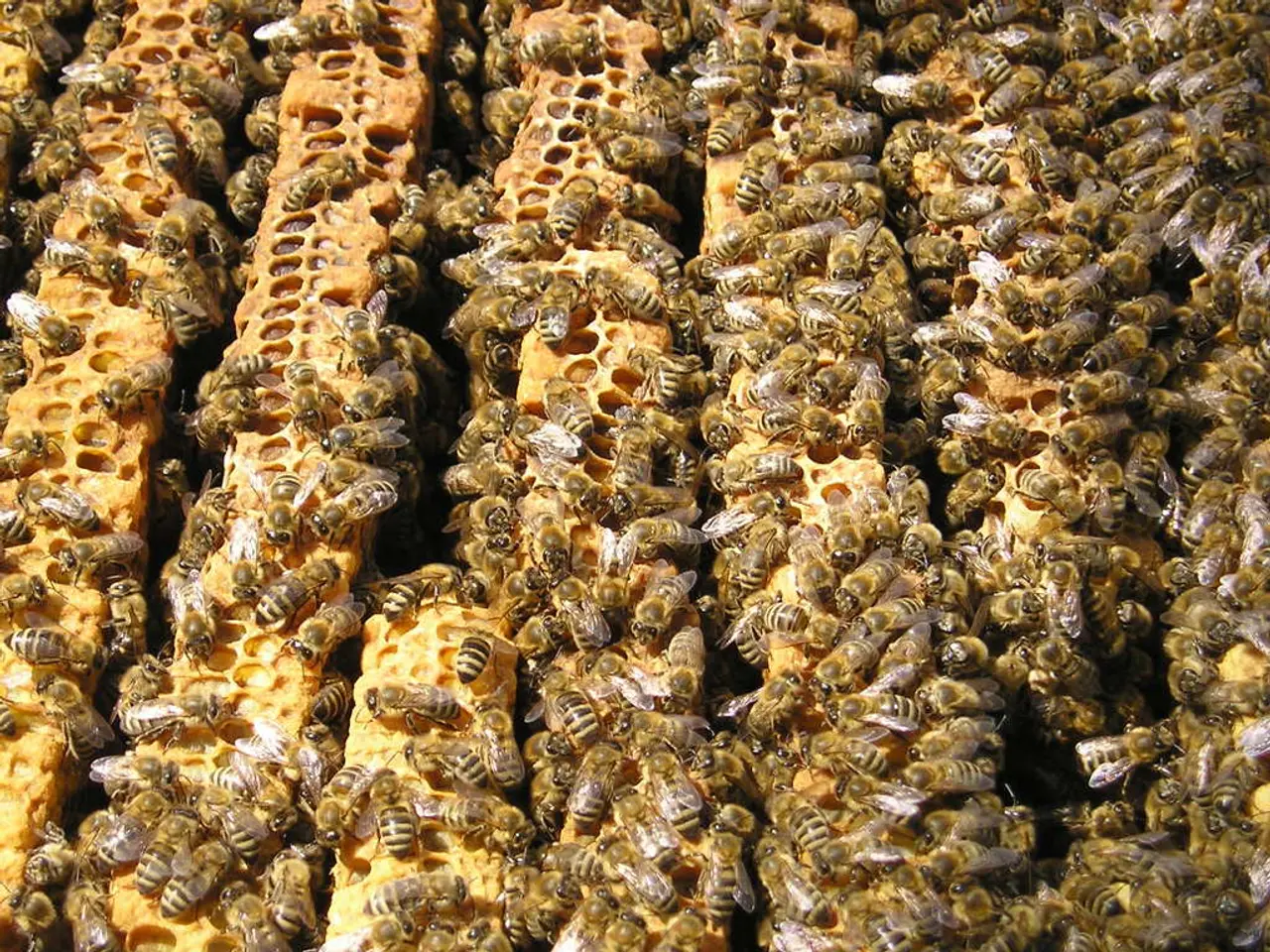Info on Hives and Asthma Connection
In the realm of allergic reactions, two common conditions that often share a connection are asthma and hives (urticaria). Both of these conditions are closely associated with elevated IgE levels, a type of antibody that plays a crucial role in allergic and hypersensitivity reactions.
Asthma
Elevated IgE is a hallmark of atopic asthma, a form of the condition where allergen-specific IgE sensitizes mast cells and basophils in the respiratory tract. Upon allergen exposure, these cells release histamine and other mediators, causing airway inflammation, bronchoconstriction, and asthma symptoms. Although some asthmatics may have normal blood IgE, local IgE production in the respiratory mucosa still drives inflammation.
Hives (Urticaria)
Many cases of chronic urticaria involve IgE-related mechanisms, including the presence of autoantibodies to IgE or its receptor on mast cells in the skin, causing mast cell activation and histamine release leading to wheals and itching. Anti-IgE treatments like omalizumab, which block IgE, are effective for chronic urticaria, demonstrating IgE’s role in this condition.
Approximately 20% of people develop hives at some point in their lives, while asthma is a long-term lung condition that affects over 25 million people in the United States, with allergic asthma being the most common form. An allergic reaction can cause both asthma and hives in individuals with allergic asthma or hives.
Distinguishing Features
Inflammation in asthma occurs in the lungs, while with hives, the inflammation affects the skin. Asthma requires treatment to prevent serious breathing issues, and symptoms may include wheezing, shortness of breath, coughing, and chest tightness. Common causes of asthma attacks include allergies, respiratory infections, air pollution, strong emotions, and certain weather conditions.
Hives symptoms include raised bumps on the skin, itching, and blanching. Not everyone with hives requires treatment, especially if the condition occurs once or infrequently.
Diagnosis and Treatment
A doctor diagnoses asthma based on a medical exam and symptoms history, and may use chest X-rays, lung function tests, and allergy testing to confirm a diagnosis. Treatment for asthma includes medication like bronchodilators, steroids, and reducing exposure to triggers.
A doctor can diagnose hives through an examination of the skin, and may order skin tests to determine the cause. Treatment for hives may include avoiding known triggers, medications to stop itching, and antihistamines to prevent hives due to allergies.
A small 2016 study indicated that 26 out of 110 individuals with asthma had episodes of hives compared to 2 out of 100 people without asthma, further highlighting the link between these two conditions.
In conclusion, elevated or dysregulated IgE levels prime mast cells and basophils to react excessively to allergens or autoantibodies, producing the inflammatory responses seen in both asthma and hives. These conditions share an IgE-driven pathophysiological basis involving allergic-type (type I hypersensitivity) immune mechanisms.
- The respiratory condition known as asthma, common among over 25 million people in the United States, shares a connection with hives (urticaria).
- Many cases of chronic hives involve IgE-related mechanisms, leading to symptoms like raised bumps on the skin, itching, and blanching.
- Science has identified a crucial role of IgE in both asthma and hives, with its dysregulation priming mast cells to release histamine and other mediators, causing inflammation and symptoms.
- Chronic diseases like asthma and hives necessitate attention to health-and-wellness, including regular visits to medical-conditions specialists and taking prescribed medication for symptom control.
- Fitness-and-exercise, along with skin-care and proper nutrition, form essential components of an overall strategy to manage allergic reactions, asthma, and hives.
- Mental-health is also an integral factor in coping with chronic diseases such as asthma and hives, highlighting the importance of integrative approaches to health and wellness.




